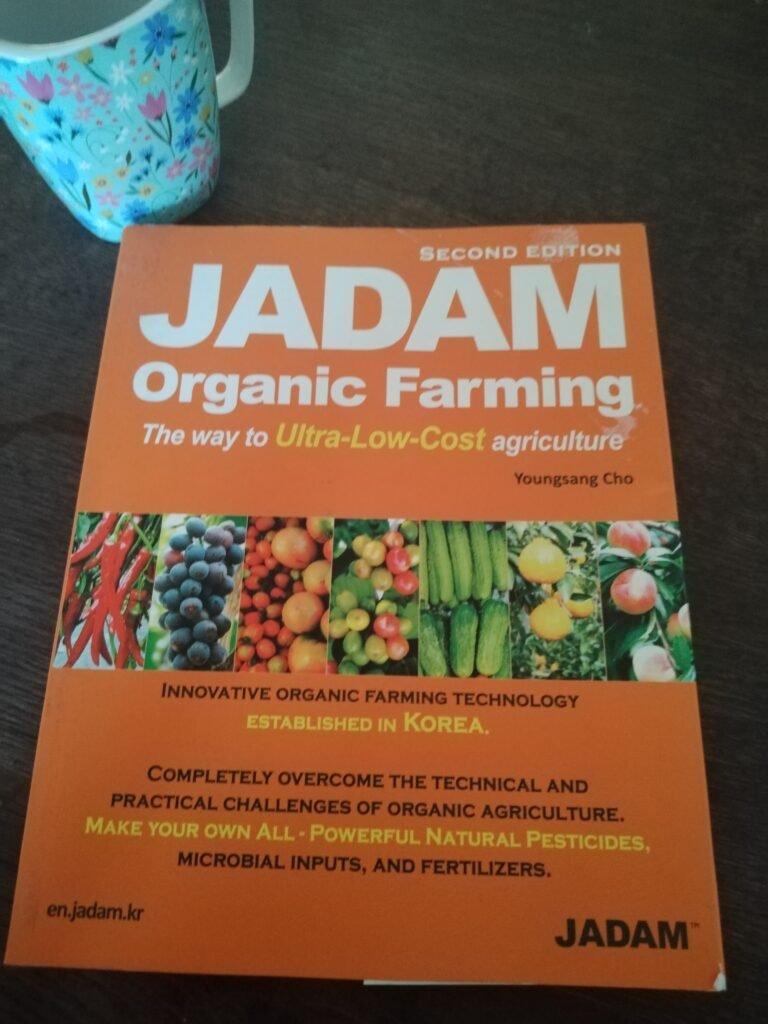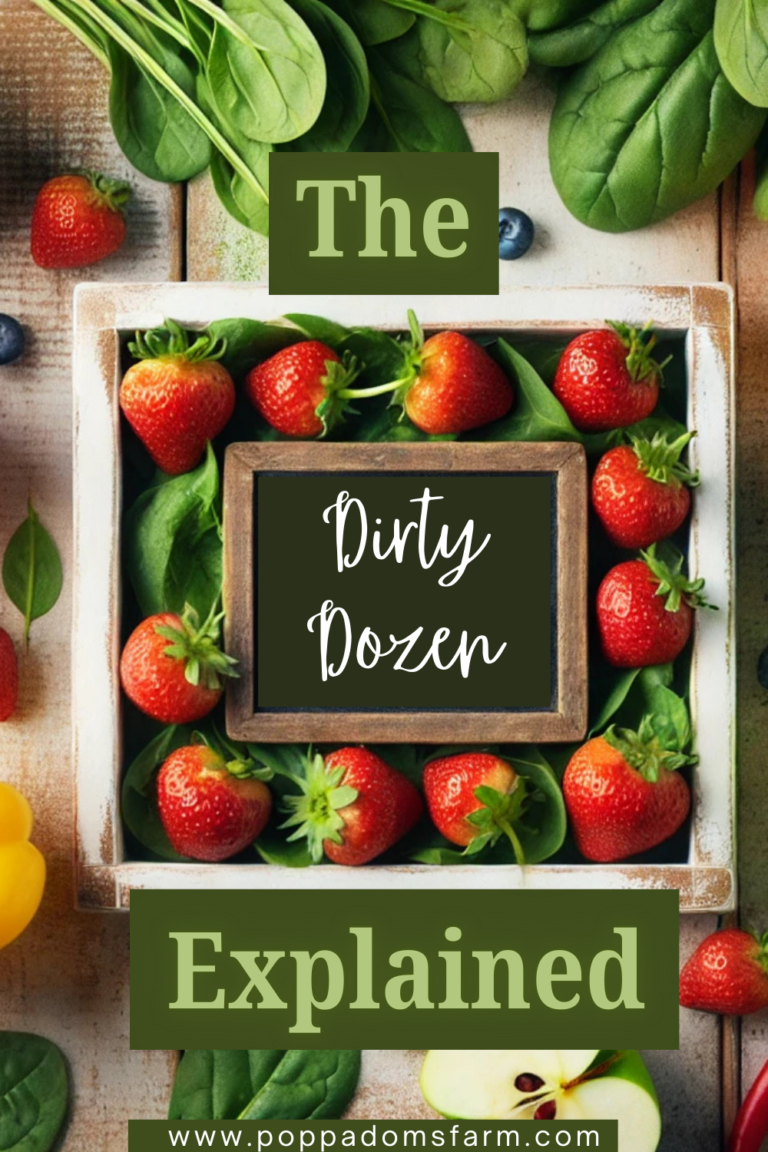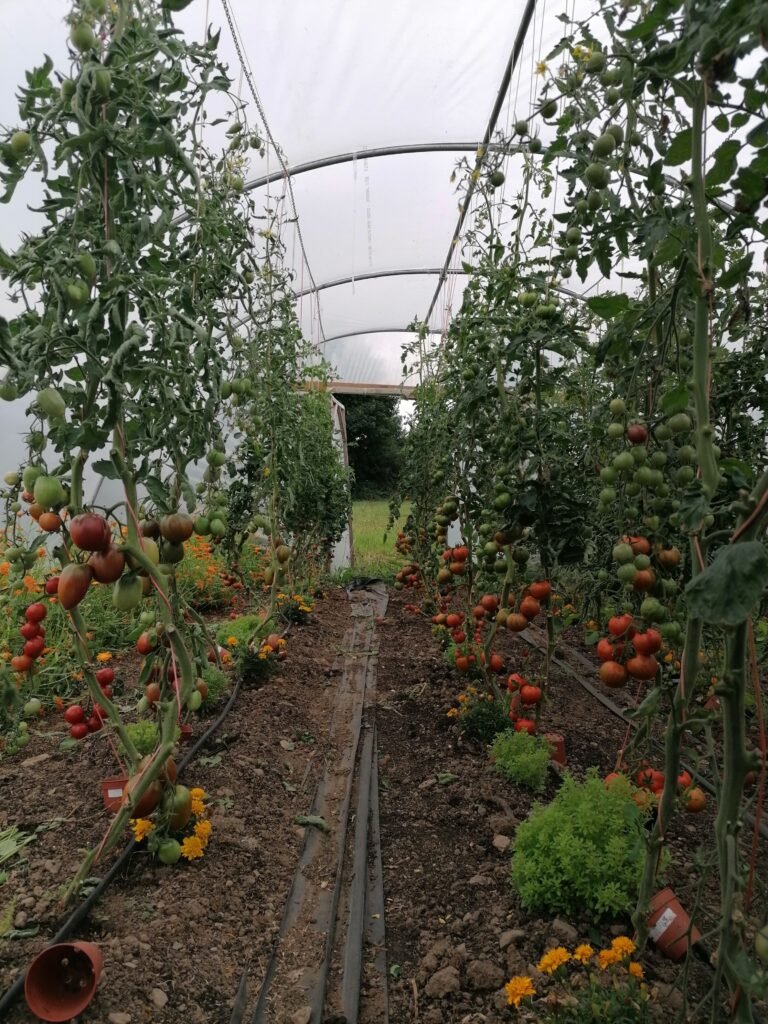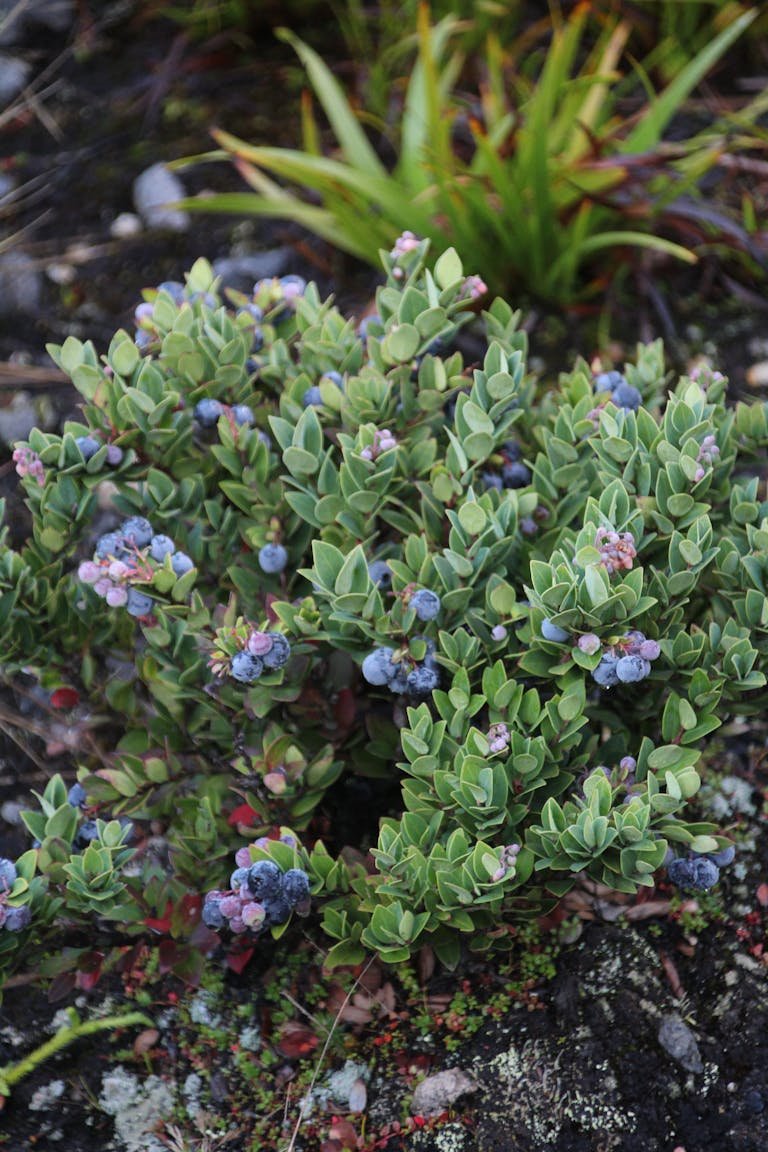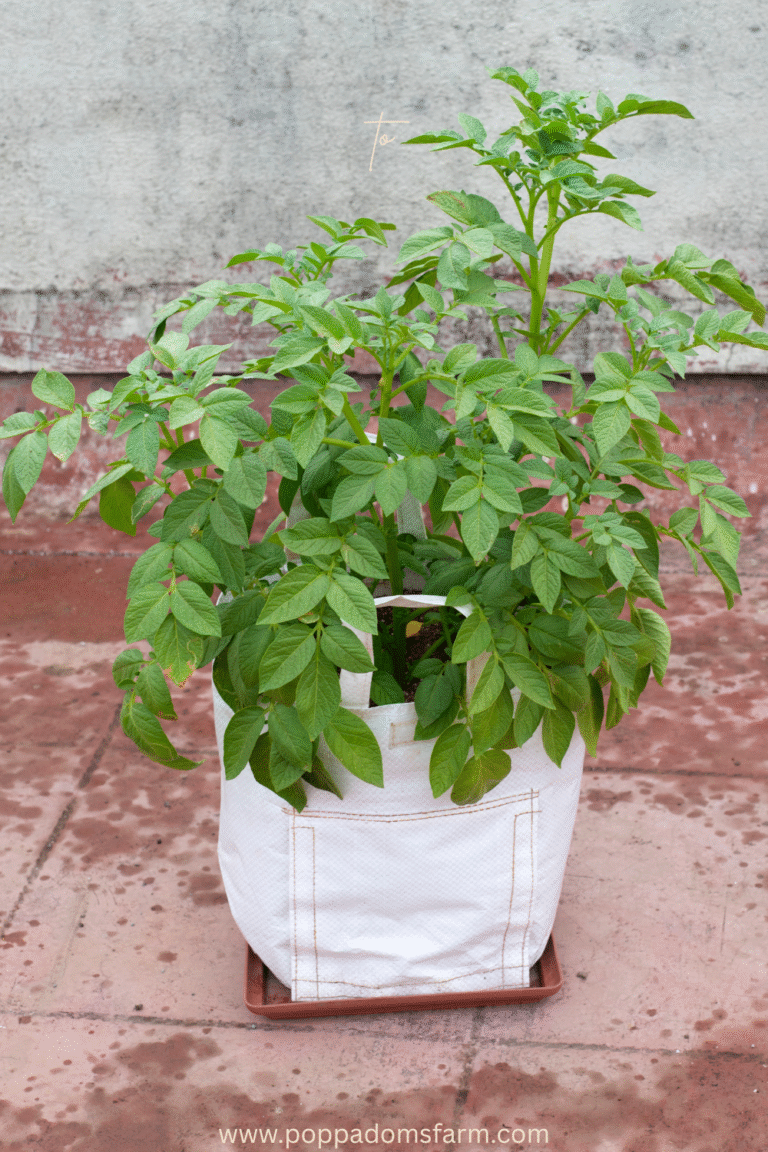

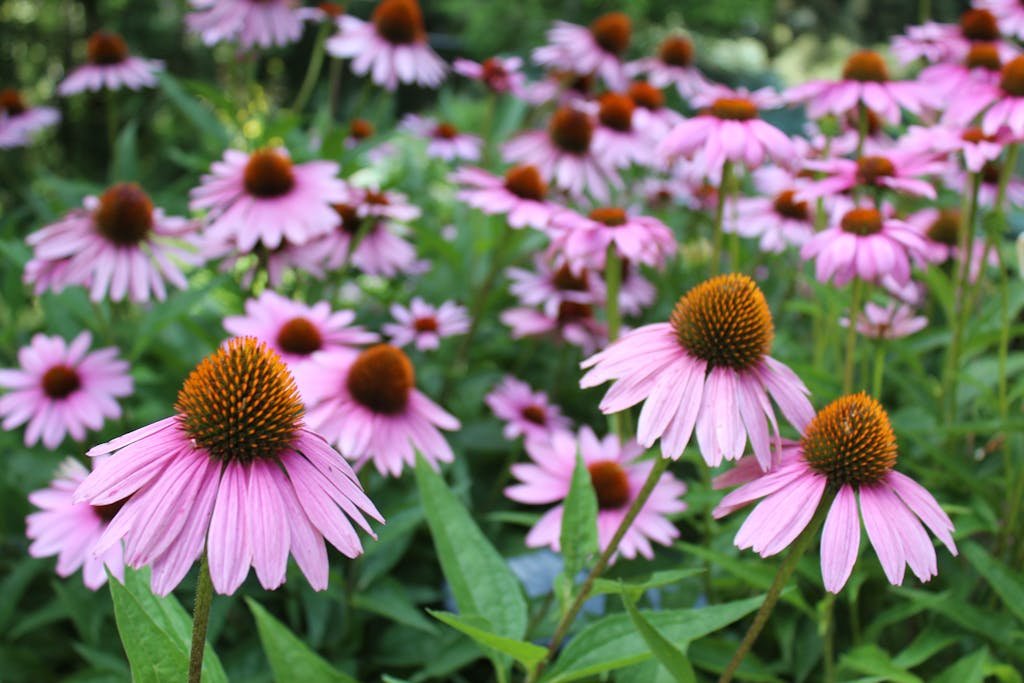
Did you know that some of your favorite garden plants might never sprout without simulating winter conditions? It’s fascinating that around 70% of native plant species require this process, called cold stratification, to achieve successful germination. Whether you’re a seasoned gardener or just starting your growing journey, this comprehensive guide will walk you through everything you need to know about cold stratification and provide specific requirements for hundreds of species.
📚 Essential Reading: For deep dives into woody plant propagation, check out “The Reference Manual of Woody Plant Propagation” by Michael Dirr, and for general gardening wisdom, “The Garden Primer” by Barbara Damrosch is invaluable.
(Some of the links on this site are affiliate links, which means I may earn a small commission if you make a purchase through them—at no extra cost to you. I’m a participant in the Amazon Services LLC Associates Program.)
What is Cold Stratification?
Think of cold stratification as giving your seeds a mini winter vacation! In nature, seeds fall to the ground in autumn and experience cold, moist conditions throughout winter. This natural process breaks down their internal dormancy mechanisms, basically telling them “Hey, it’s almost time to grow!” Interestingly, this process isn’t just some gardening trick – it’s actually a survival mechanism that plants have developed over millions of years.
When we stratify seeds at home, we’re simply mimicking this natural process in a controlled way. Just like you wouldn’t wear a winter coat in summer, seeds need to experience the right conditions at the right time. The cold temperatures actually trigger chemical changes inside the seed, breaking down growth inhibitors and preparing the seed for germination.
The really cool thing about cold stratification is that it works with both natural and artificial methods. Mother Nature perfected this process long before we came along, but we’ve figured out how to replicate it using simple household items like refrigerators and plastic bags.
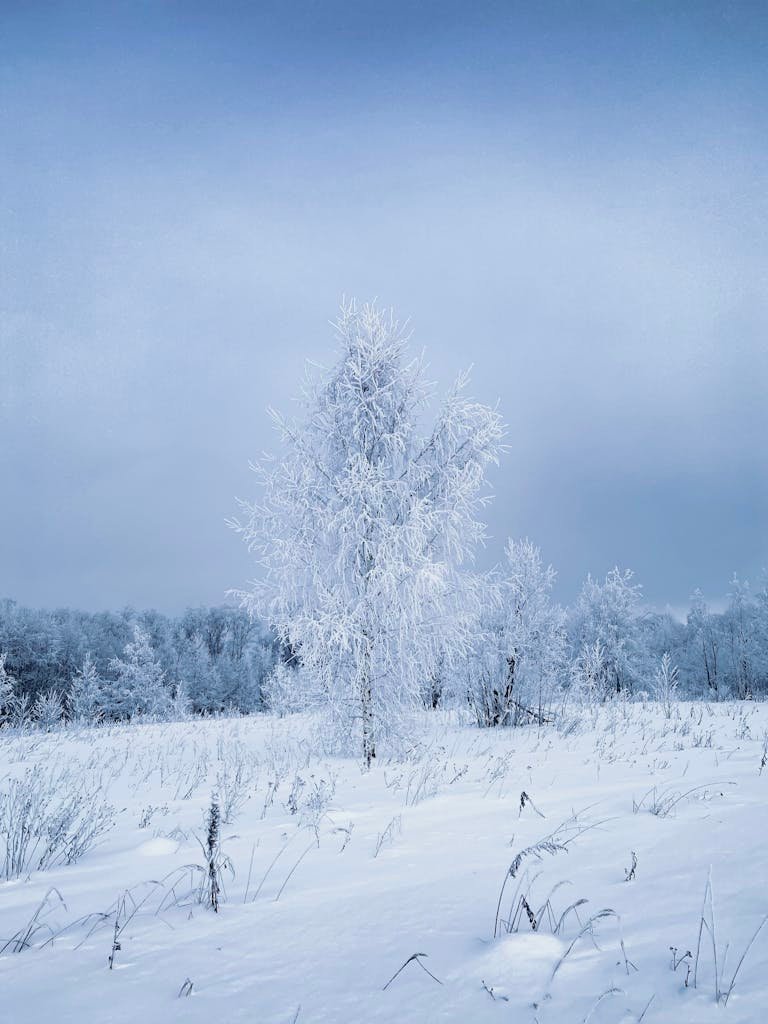

Seeds That Require Cold Stratification
Trees and Shrubs
| Species | Duration | Temp Range | Special Requirements | Success Tips |
|---|---|---|---|---|
| Maple (Acer saccharum) | 90-120 days | 34-36°F | Store fresh seeds only | Change paper towels if mold appears |
| Red Maple (Acer rubrum) | 60-90 days | 33-37°F | Needs light after stratification | Start checking at 45 days |
| Oak (Quercus) | 60-120 days | 34-38°F | Keep slightly drier than other species | Plant immediately if radicle emerges |
| Dogwood (Cornus) | 90-120 days | 35-38°F | Benefits from warm stratification first | Mix with slightly damp sand |
| Cherry (Prunus) | 90-120 days | 33-35°F | Needs excellent air circulation | Check twice weekly for mold |
| Apple (Malus) | 60-90 days | 34-37°F | Maintain consistent moisture | Don’t let dry out between checks |
| Beech (Fagus) | 90 days | 33-37°F | Keep moisture consistent | Remove any moldy seeds promptly |
| Birch (Betula) | 60-90 days | 34-38°F | Light stratification beneficial | Surface sow after treatment |
| Redbud (Cercis) | 30-90 days | 33-38°F | Scarification helpful | Check frequently after 30 days |
| Hawthorn (Crataegus) | 180 days | 34-37°F | Very long stratification needed | Patience required |
| Linden (Tilia) | 90-120 days | 33-36°F | Keep consistently moist | Monitor closely for mold |
| Serviceberry (Amelanchier) | 60-90 days | 34-38°F | Benefits from cleaning pulp | Good air circulation needed |
| Pear (Pyrus) | 60-90 days | 34-37°F | Similar to apple requirements | Check moisture weekly |
| Plum (Prunus) | 90-120 days | 33-36°F | Remove all fruit pulp | Maintain good air flow |
| Peach (Prunus persica) | 90-120 days | 33-36°F | Clean seeds thoroughly | Watch for early sprouting |
| Apricot (Prunus armeniaca) | 60-90 days | 34-37°F | Remove all flesh | Monitor moisture carefully |
Shrubs
| Species | Duration | Temp Range | Special Requirements | Success Tips |
|---|---|---|---|---|
| Viburnum | 90 days | 34-38°F | Clean seeds well | Keep moisture consistent |
| Holly (Ilex) | 60-180 days | 33-37°F | Very long stratification | Patience needed |
| Elderberry (Sambucus) | 60-90 days | 34-38°F | Remove all pulp | Check weekly |
| Witchhazel (Hamamelis) | 60-120 days | 33-37°F | Maintain even moisture | Monitor closely |
| Ninebark (Physocarpus) | 30-90 days | 34-38°F | Light stratification | Check frequently |
| Chokeberry (Aronia) | 60-90 days | 33-37°F | Clean seeds thoroughly | Watch moisture levels |
Prairie and Meadow Flowers
| Species | Duration | Temp Range | Special Requirements | Success Tips |
|---|---|---|---|---|
| Echinacea purpurea | 60-90 days | 34-38°F | Light improves germination | Surface sow after stratification |
| Black-Eyed Susan | 30-60 days | 35-38°F | Can direct sow in fall | Needs light for germination |
| Blazing Star (Liatris) | 60 days | 33-37°F | Keep moisture consistent | Don’t bury seeds deeply |
| Butterfly Weed | 30-60 days | 34-36°F | Benefits from scarification | Plant immediately after stratification |
| Prairie Clover | 60 days | 35-38°F | Sand stratification works well | Check moisture weekly |
| Joe Pye Weed | 60 days | 34-37°F | Light dependent germination | Surface sow only |
| Compass Plant | 60 days | 33-38°F | Keep consistently moist | Monitor closely |
Woodland Flowers and Shade Perennials
| Species | Duration | Temp Range | Special Requirements | Success Tips |
|---|---|---|---|---|
| Columbine | 21-30 days | 35-38°F | Needs light after stratification | Surface sow only |
| Bleeding Heart | 60-90 days | 33-36°F | Keep very slightly moist | Plant promptly after stratification |
| Trillium | 90 days | 34-37°F | Double dormancy common | Patience required – slow to germinate |
| Virginia Bluebells | 90 days | 33-35°F | Never let dry out | Plant immediately if germination begins |
| Jack-in-the-Pulpit | 60-90 days | 34-37°F | Double dormancy possible | Maintain consistent moisture |
| Hepatica | 60-90 days | 33-36°F | Light beneficial | Surface sow after treatment |
| Wild Geranium | 60-90 days | 34-38°F | Keep evenly moist | Check regularly |
| Solomon’s Seal | 60-90 days | 33-37°F | Double dormancy possible | Patience needed |
Other Garden Perennials
| Species | Duration | Temp Range | Special Requirements | Success Tips |
|---|---|---|---|---|
| Delphinium | 21-30 days | 34-38°F | Light helps germination | Surface sow |
| Penstemon | 21-30 days | 33-37°F | Good drainage needed | Don’t overwater |
| Lupine | 21-30 days | 34-38°F | Scarification helpful | Monitor moisture |
| Primrose | 21-30 days | 33-36°F | Light dependent | Surface sow |
| Balloon Flower | 30 days | 34-37°F | Keep barely moist | Check frequently |
| Japanese Iris | 60-90 days | 33-38°F | Consistent moisture | Monitor closely |
| Clematis | 30-90 days | 34-37°F | Variable requirements | Research variety |
| Phlox | 60 days | 33-36°F | Light beneficial | Surface sow |
Herbs and Vegetables
| Species | Duration | Temp Range | Special Requirements | Success Tips |
|---|---|---|---|---|
| Lavender | 30-60 days | 35-38°F | Keep on dry side | Good air circulation needed |
| Angelica | 30-60 days | 34-37°F | Fresh seed only | Change paper towels weekly |
| Parsley | 30 days | 35-38°F | Light improves germination | Bottom heat after stratification |
| Rhubarb | 30-60 days | 33-36°F | Can direct sow in fall | Keep consistently moist |
| Oregano | 30-60 days | 34-38°F | Light germinator | Surface sow |
| Sage | 21-30 days | 33-37°F | Keep barely moist | Good drainage needed |
| Thyme | 30 days | 34-38°F | Light helps germination | Surface sow |
| Valerian | 30 days | 33-37°F | Keep consistently moist | Check weekly |
| Wintergreen | 60-90 days | 34-36°F | Slow germinator | Patience required |
| Dill | 21-30 days | 35-38°F | Light stratification | Quick to sprout |
| Alpine Strawberry | 30 days | 33-37°F | Light dependent | Surface sow |
[Previous troubleshooting and conclusion sections remain the same]
Step-by-Step Cold Stratification Methods
Now for the fun part – actually doing the stratification! The most common method is what I call the “refrigerator technique.” Start by moistening a paper towel or some peat moss – it should be damp but not soaking wet. Then place your seeds inside, put everything in a plastic zip-top bag, and pop it in the fridge. Make sure to label everything with the date and seed type – trust me, you’ll thank yourself later!
For the natural method, you can use what’s called winter sowing. Here’s what you’ll need:
- Clean plastic containers with drainage holes
- Seed starting mix
- Labels and markers
- Seeds
- Clear plastic wrap or lids
Remember that temperature consistency is key here. You want to maintain temps between 33-38°F (1-3°C), whether you’re using the fridge or natural method. I always recommend checking your seeds weekly for signs of premature sprouting or mold.
📺 Watch This: The “MIGardener” YouTube channel has an excellent video on that shows this process in action.
Troubleshooting Cold Stratification Problems
Problem Prevention Table
| Issue | Cause | Prevention | Solution |
| Mold growth | |||
| Premature germination | |||
| No germination | |||
| Seed rot |
Tips for Success
- Record Keeping
- Label everything with:
- Species name
- Start date
- Expected completion date
- Track moisture additions
- Note any observations
- Label everything with:
- Moisture Management
- Paper towel should be damp, not wet
- Check weekly
- Rotate containers if using natural method
- Temperature Control
- Use refrigerator thermometer
- Avoid storing near fruits (ethylene producers)
- Keep away from freezer section
Conclusion
Cold stratification might seem like a lot of work, but I promise it’s worth it! Once you understand the basics, you’ll open up a whole new world of growing possibilities. Start with easy seeds like Echinacea or Black-Eyed Susans, and work your way up to more challenging species as you gain confidence.
Remember, patience is key in this process. Those weeks of cold treatment will pay off when you see your rare and beautiful plants emerge! Ready to start your stratification journey? Grab those seeds, and let’s get growing! Feel free to experiment with different methods and keep notes on what works best for you. Happy growing!

